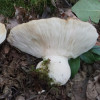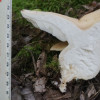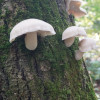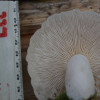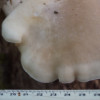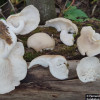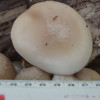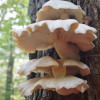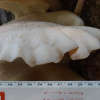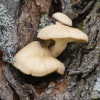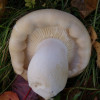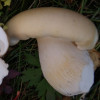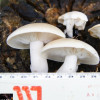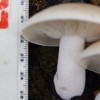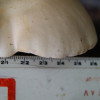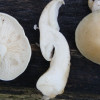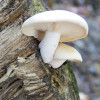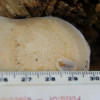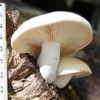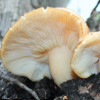Edible, therapeutic and toxic mushrooms
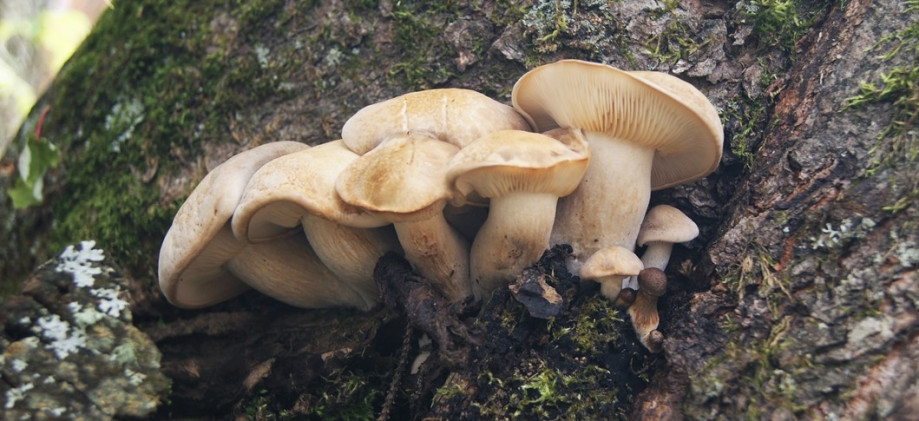
Habitat
This mushroom fructifies in October, mainly on the trunks of ashes and a wide variety of deciduous hardwood. Along roads and highways after the leaves fall, one can see their fruit bodies decorating the trunks of trees.
Cap
Fruit bodies generally appear alone or in groups of two to five, rarely more, close to the ground or higher up. The top of the cap is often cracked.
Stalk
Centered to slightly offcenter, usually curved. White to yellowish, variously striated longitudinally.
Comments
Send a comment
The fungus enters the tree through a wound and develops in the dead part of the wood inside the trunk. Each year, a new ring of wood is added under the bark. Within the trunk, another ring dies, giving the fungus an additional ring of wood to decompose. Thus, the mushroom can live a long time, although the tree eventually becomes completely hollow.
For more informations
Formation
For those who wish to improve their knowledge, register for the Foundation's training program on this site and receive a certificate confirming the fruit of your efforts.









































